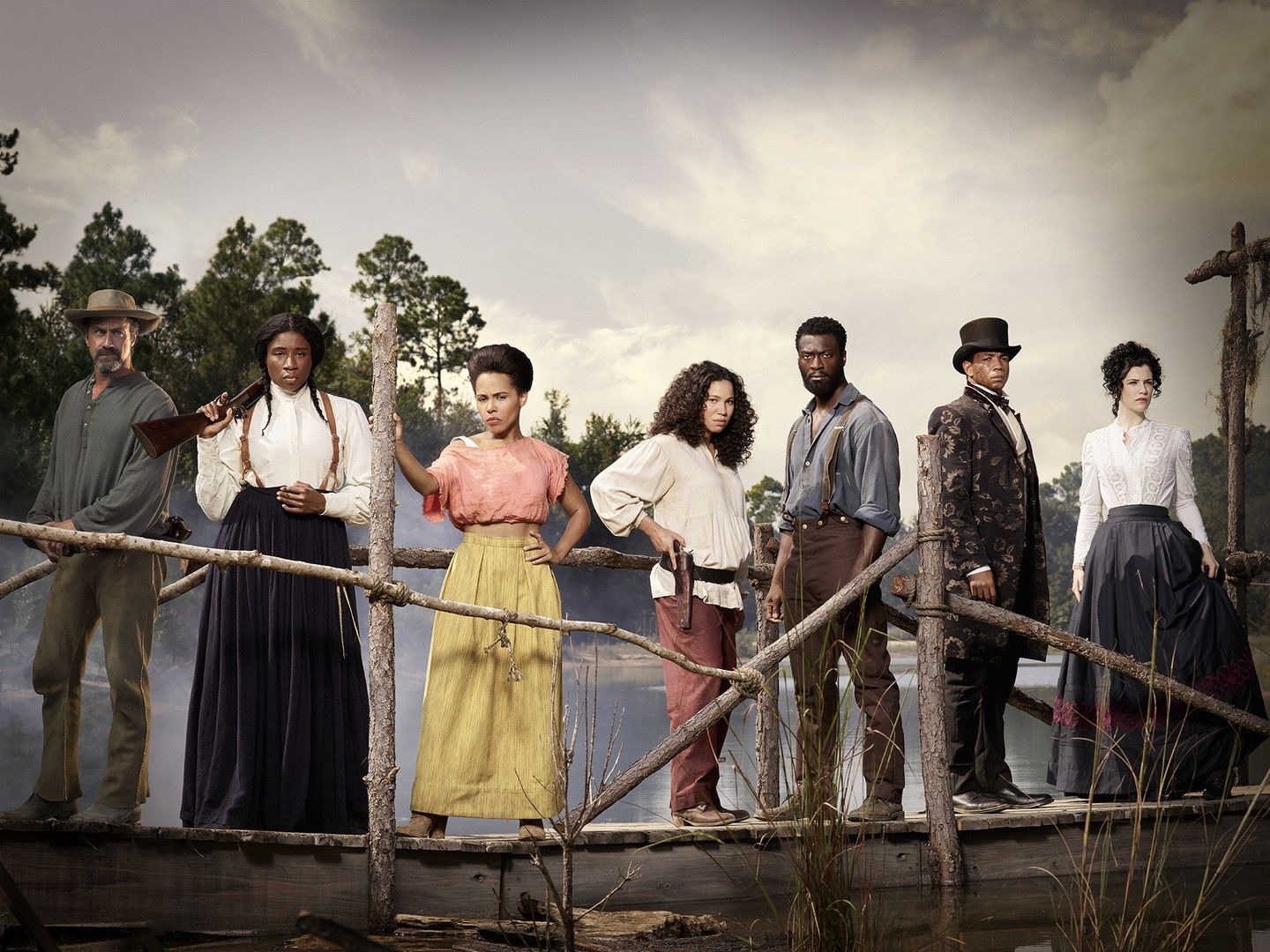In Season 1, Underground (WGN) became one of television's most critically acclaimed historical dramas. Executive produced by John Legend, Season 2 is set in the aftermath of the runaway slaves’ (Macon 7) daring attempt to stage the greatest escape in history and follows this group of heroes as they continue the perilous journey to freedom. Helping tell the story is costume designer Karyn Wagner whose previous work can be seen in period dramas like The Green Mile and The Notebook. Read the full interview to hear about Karyn's creative process, the evolution of costumes in the sophomore season and creating the look of Harriet Tubman (Aisha Hinds).

|
1) What type of research did you do to help create the look of Harriet Tubman? I looked at a lot of carte de visite from the period. You’ll see similar ones featured as props during the show. There are very few of Harriet, but I looked at those of other “slave stealers,” Underground Railroad participants and abolitionists. With a few exceptions, their clothing is spare and utilitarian. Very little adornment, very little fancier fabric; quite austere. I used this as my jumping off place for Harriet. 2) How have the costumes evolved since last season? As we move toward including other populations in our world, we’ve expanded our color palette and pushed the envelope with silhouette. 3) What was it like to turn John Legend into Frederick Douglass? First, there was the excitement of getting to represent Frederick Douglass at all! Then to find he would be played by John Legend? My world was very rosy! He’s such a nice person, so professional, like turning up at 4 a.m. for a fitting to make sure we had time to make him perfect! 4) Do you make a lot of the costumes, if so, how much work goes into completing a look? We do make most of the costumes as we’ve evolved a world that is unlike anything you’ve seen before. Every story group has its own palette and fabric textures, so we start with that and then try to give each character something unique. It always amazes me where I find inspiration. As soon as the idea is approved we get measurements on the character, find the fabric, make a pattern from scratch, make the garment, have a fitting, fix anything that isn’t working and then we have another fitting to check it. Then, if the costume needs distressing (made to look old and worn), we proceed with that. Sometimes a character needs more than one of the same thing, like if he or she needs a stunt double, so we may be looking at as many as 10 of an identical garment. 5) What are the challenges in recreating this time in history? The biggest challenge for me is the lack of evidence about daily life. Because photography is still in its infancy, most of those taken are formal portraits of people who can afford them and in their Sunday best. We see portraits including enslaved people, but also in their best and usually to show the wealth of the owners, whose portrait these are. So there are very few portraits of daily life, field workers, tradespeople of color or any of that kind of thing. There are a handful of examples and we’ve all extrapolated from that. This is both limiting and at the same time freeing. You start to ask, “Well, why couldn’t this or that have existed?” |
Written by rand01 on Apr 17, 2017




No comments yet. Be the first!